I’d like to share a framework I recently learned at a “Positioning Workshop” I attended. It was lead by the very impressive Michael Troiano of G20 Ventures and you may find it useful for refining how your articulate your business.
Right from the get-go, it was clear that Mike is one of those seasoned marketers who’s actually walked the walk (on multiple levels) as his breadth of knowledge and experience oozing out with everything he said.
For any business looking to grow, “Positioning” is without a doubt one of the most important things to figure out.
Cutting through the noise and finding ways to create differentiation is a necessary step towards communicating to people why they should actually care, as well as finding Product Market Fit.
Mike started with a highly overlooked fact – humans did not evolve linearly – rewind two million years and there were at least 10 different types of humanoids on this planet, each slightly different in their genetics and capabilities, each adapted to the specific climate and ecosystem in which they lived.
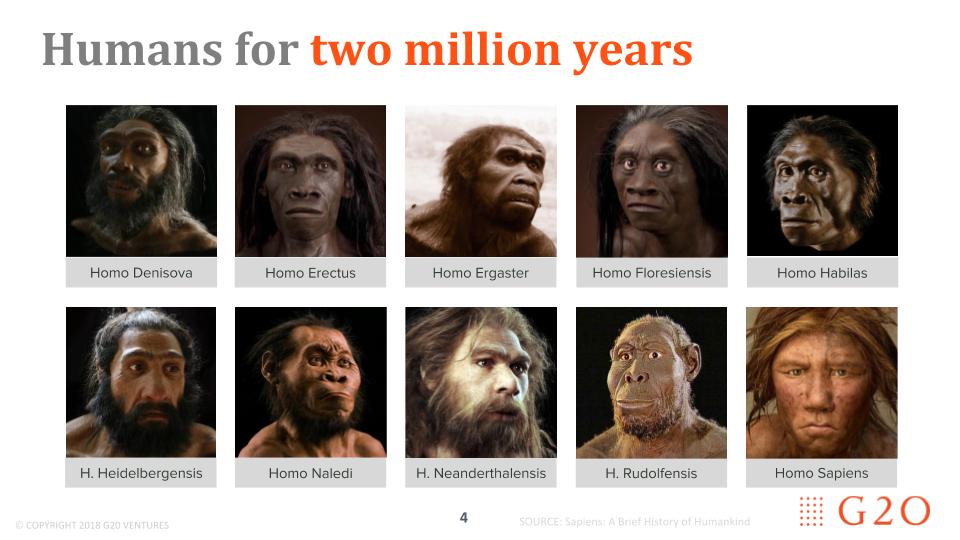
And yet there was one species of humanoid – Home Sapiens, which somehow was able to travel, adapt and conquer new habitats.
So what gave Homo Sapiens the edge? how were they able to “win” the evolution race?
It was their unique ability to tell stories.
Stories are fundamental to who we are. Stories allow collective learning across space and time, they drive our sense of who we are and what we should care about, they create structure in the chaos around us and frame the things that give us meaning.
Stories bind us together and enable collective action.
And while even a chimp can signal to her friends “there’s a lion”, (as far as we know) only a Homo Sapien can explain that “the lion is the spirit animal of our tribe…”
Stories give us an “edge” over nature.
What storytelling means for businesses
The way that Mike put it – “Your positioning story lubricates everything else… If you have a compelling and coherent story – hiring, fundraising, customer acquisition, team collaboration and everything else becomes much much easier.”
The movement you’re building is a kind of “collective action”
What story is powering it?
Building an effective Positioning story
Positioning is less about invention and more about prioritization.
First you need to understand what core problem you solve and identify the customers/hand raisers who have recognized the problem.
Then create a framework around your value proposition that prioritizes your product, customers and the benefits they receive.
You need to decide. Write it down. Tell it the same way every time. And evolve.
So what makes a good positioning story?
Three things:
Simple – if you can’t recite it from memory, no one else can. No one cares about the details – refine your story into a concise, clear sentence.

2. Functional – Start with WHY (before WHAT and HOW)
It’s the famous “Start with Why”:
“Very few people or companies can clearly articulate WHY they do WHAT they do. By WHY I mean your purpose, cause or belief – WHY does your company exist? WHY do you get out of bed every morning? And WHY should anyone care?
People don’t buy WHAT you do, they buy WHY you do it.”
Simon Sinek
In other words – They won’t care what it is until they know why it matters to them.
3. Emotional – Emotion is essential because if you want to change what someone does, you need to change what they feel and not just what they think.
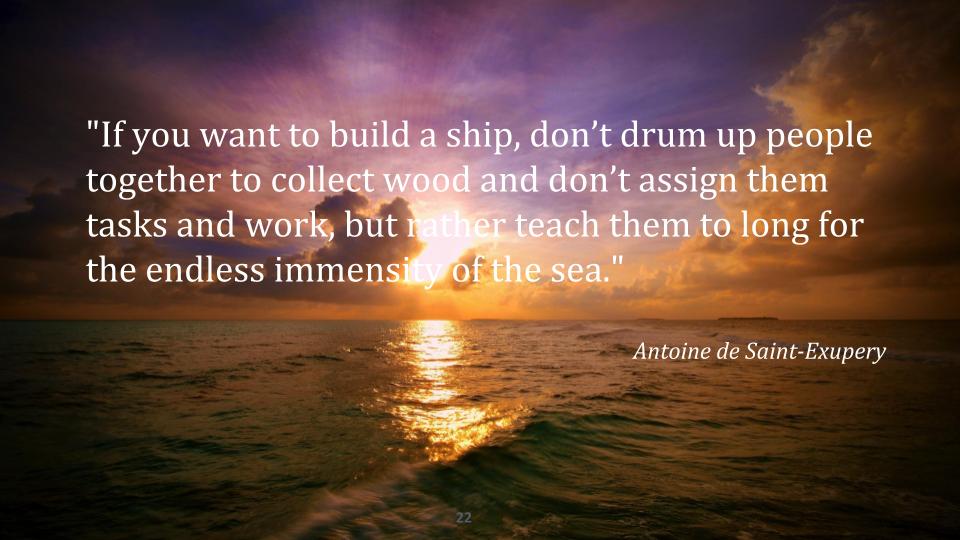
This reminds me of Fogg’s behavioral model, which shows that three elements must converge at the same moment for any behavior to occur: Motivation, Ability, and a Prompt. When a behavior does not occur, at least one of those three elements is missing:
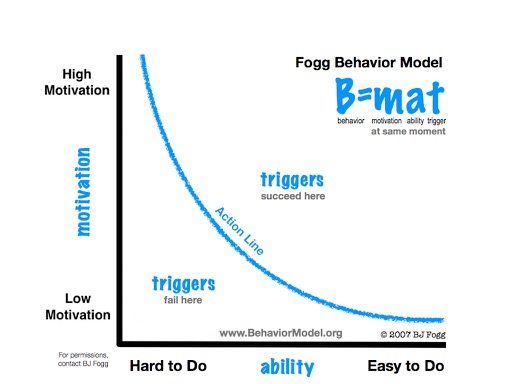
Another way to think of it:
Your prompts are the triggers you create with your product and marketing.
Ability should be innate, otherwise you’re targeting the wrong person.
Motivation however stems from the story you tell and how you make people fee.
So how do we get there? Here’s Mike Troiano’s framework:
6 Positioning Story Elements
- Target – actionable (from a marketing demand gen perspective) – we can observe and target) universe of buyers. Start from the customer back, never from the product to the customer
- Segment – finding some key predisposing attributes (i.e lead qualifying such as an MQL). It’s being able to identify a prospect based on certain criteria)
- Brand – the name you call yourself (just remember it’s not about your name. It’s about your brand)
- Category – a competitive frame for the buyer – some frame of reference that’s familiar enough to your customer for them to say “oh, it’s a this“
- Distinction – what makes you unique (within the category)
- Proof – perceived evidence of truth
When different people within a company have different definitions for the above, it makes it much harder to move in the same direction.
Furthermore, discipline is crucial because a single inconsistent data point can be enough to throw your positioning off…
[Mike’s example: imagine you’re getting to know someone for the first time and things are going great – they’re positive, fun and friendly. So you ask them out to a restaurant and as soon as you sit down they start treating the waiter like crap…
How would that affect your perception of them? How would that affect their positioning?]
The 6 elements above can be distilled into the following Positioning Story Framework:
For TARGET who are SEGMENT
BRAND provides the CATEGORY
with DISTINCTION because of PROOF
A few real world examples:
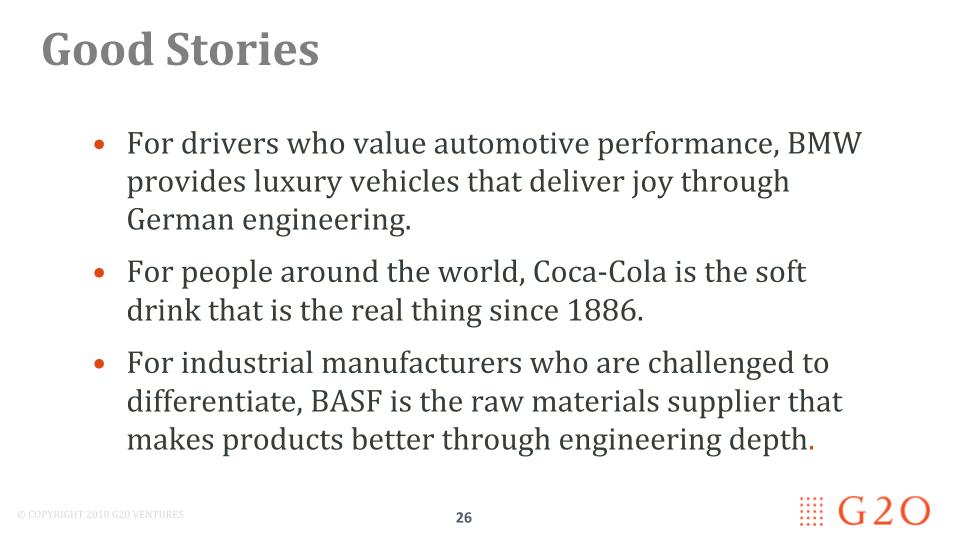
I’ll be the first to admit I’m still working on this template for myself:)
How would you fill it out?
Whatever your answer, keep an open mind to changing/refining it over time. Test different versions of your Positioning Statement when talking to prospects/customers (nothing beats Events & Tradeshows for this).
You’ll learn very quickly what resonates and what doesn’t.
Credit Due:
As you may know, I love communicating and sharing the things I learn, but non of the above is mine:
- You can find the entire presentation here
- You can follow Mike on Twitter here
Bonus: Some insights
Partially off-topic, but nevertheless “quote worthy”, here are some things Mike said that I think are worth sharing:
Smart money invests in a line. Dumb money invests in a data point.
Focus implies the subjective allocation of energy
All of marketing is a dilution of a face to face conversation
Marketers are students of human response, yes we talk, but good Marketers mostly observe and listen
(When I asked if my personas are my Clients or their Customers) WHO are YOU serving? Who’s paying the check? WHY are they hiring YOU?
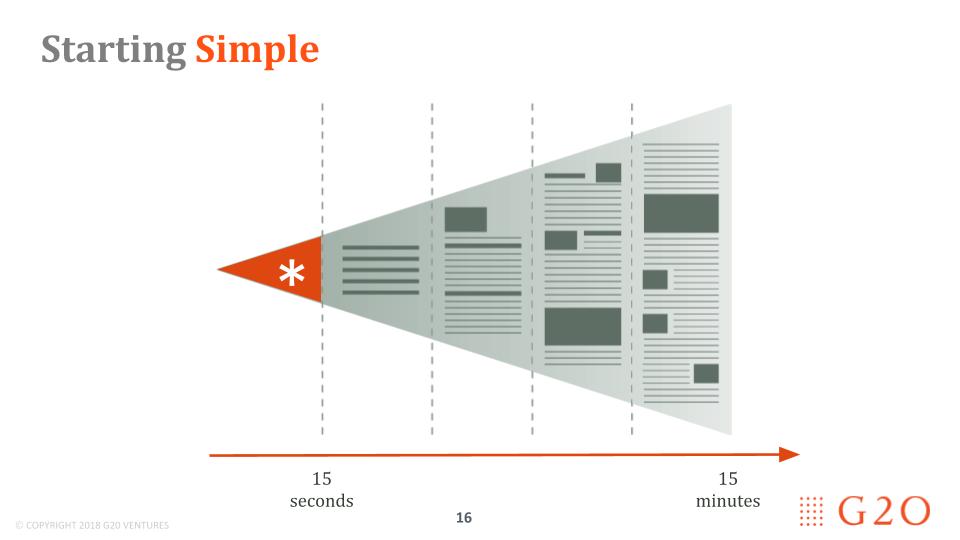
Be First to Comment